 |
| Ngo Mon Gate - A heritage work of the Nguyen Dynasty and a symbol of Hue culture |
“220 years of Vietnam’s national name – historical milestones (1804 - 2024)” is the theme of the scientific conference organized by the Provincial Historical Science Association at the end of April with the participation of many scholars and intellectuals.
The name Vietnam remains forever in the minds of Vietnamese people.
In our country’s history, the name Vietnam has appeared for a long time, but it has not been the official national name. It was not until the year of Giap Ty, on Dinh Suu day, February 17 (March 28, 1804), when King Gia Long held a Khanh An ceremony at Thai Mieu, inside the Imperial City, and named the country Viet Nam. In the edict, the king affirmed: “When an emperor builds a country, he must first respect the national name to clearly show unity… The national name is changed to Viet Nam to build a great foundation, and to pass it on for a long time. In all our country’s affairs, anything related to the national name and correspondence with foreign countries, Viet Nam must be used as the country’s name, and the old name An Nam must no longer be used.”
Under the Nguyen Dynasty, the national name Vietnam was maintained for nearly four decades through the reigns of two Kings Gia Long and Minh Mang. In the 19th year of Minh Mang (1838), the king changed the national name from Viet Nam to Dai Nam. In 1945, the August Revolution succeeded, ending the Nguyen Dynasty. On September 2, 1945, President Ho Chi Minh in the Declaration of Independence declared the establishment of the Democratic Republic of Vietnam - now the Socialist Republic of Vietnam.
According to researcher Duong Phuoc Thu, from the time King Gia Long chose Hue as the capital and named the country Vietnam, until King Minh Mang changed the national name to Dai Nam in 1838, it was a historical moment, a milestone marking the achievements achieved so that the king could "publicly" declare to the world the powerful position of the Vietnamese nation through the name Dai Nam.
According to Mr. Thu, in fact, the national name of Vietnam has been changed to Dai Nam but it can still be called Dai Viet Nam. And since President Ho Chi Minh read the Declaration of Independence giving birth to the Democratic Republic of Vietnam, today the Socialist Republic of Vietnam, the two sacred words Vietnam have resounded all over the planet, in world forums and are considered an immortal spiritual symbol.
Symbol of a nation with a large, unified sovereign territory
Dr. Vo Vinh Quang believes that the national name of a country or nation not only has legal and international significance, is the position of the country, but also is the boundless pride of every citizen of that country. The name Vietnam, since being chosen as the national name in 1804, despite going through 220 years with many changes, has not only not been lost, but seems to exist forever in every vein and mind of the Vietnamese people.
Some opinions have said that the name Vietnam existed before 1804, but it was only an unofficial name in history books and literature. Dr. Phan Thanh Hai, Director of the provincial Department of Culture and Sports, affirmed that the name Vietnam, which was born in 1804, is the official national name and has been used in official documents and letters. This shows a Vietnam with a clear shape, with a large and unified territory and sea that has never existed before. This affirms the legality of the territorial sovereignty of an independent country.
To clarify this further, Dr. Nguyen Quang Trung Tien provided many examples. Although the national name of Vietnam was mentioned in international publications during the reign of the two Kings Gia Long and Minh Mang, although quite few, the main content always stood out with the recognition of An Nam or Vietnam as a unified empire from many previous territories, spread across the Indochina peninsula and the East Sea, with the Hoang Sa archipelago, which at that time also included Truong Sa located in the territorial waters of Dang Trong, also a part of this empire.
According to Mr. Tien, the recognition of a unified territory including the Hoang Sa - Truong Sa archipelagos belonging to the "Empire of An Nam or Vietnam" in international publications during the reign of the two Kings Gia Long and Minh Mang has profound historical significance and value: the two words Vietnam have since become a symbol for a nation with vast and unified territorial sovereignty both on land and at sea, including the Hoang Sa and Truong Sa archipelagos.
Source


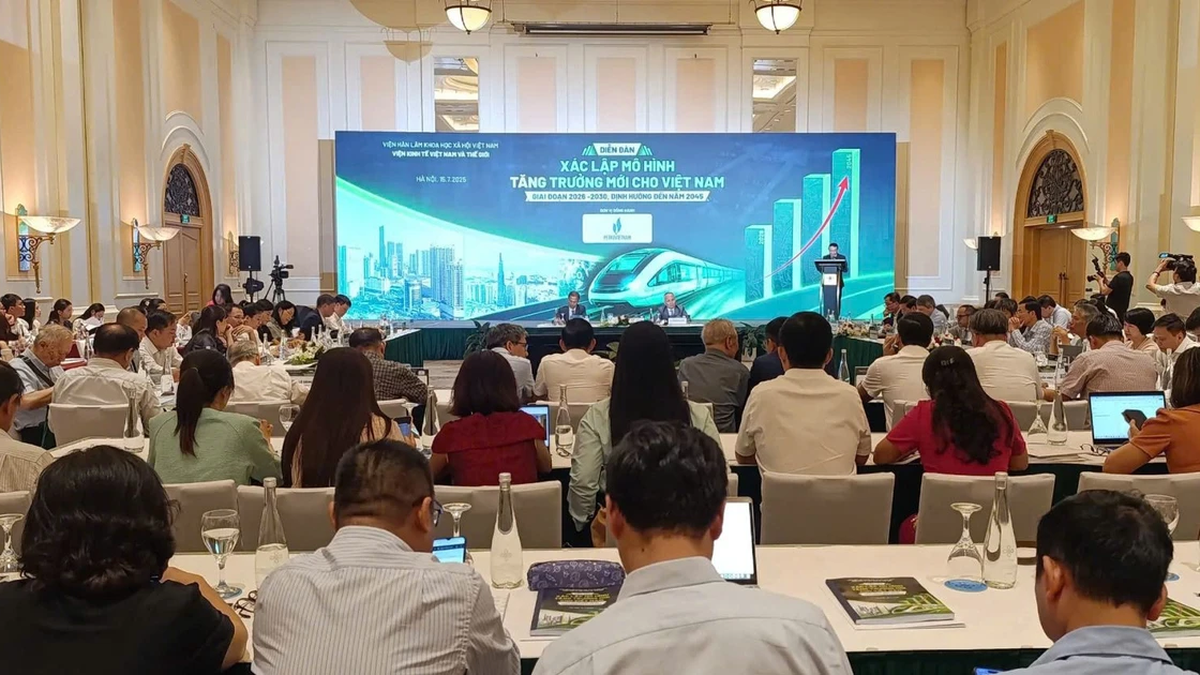


![[INFOGRAPHIC] Open-back headphones, look like a... pill](https://vphoto.vietnam.vn/thumb/1200x675/vietnam/resource/IMAGE/2025/7/16/cd63f007ad404018aa504c1009ce19ba)
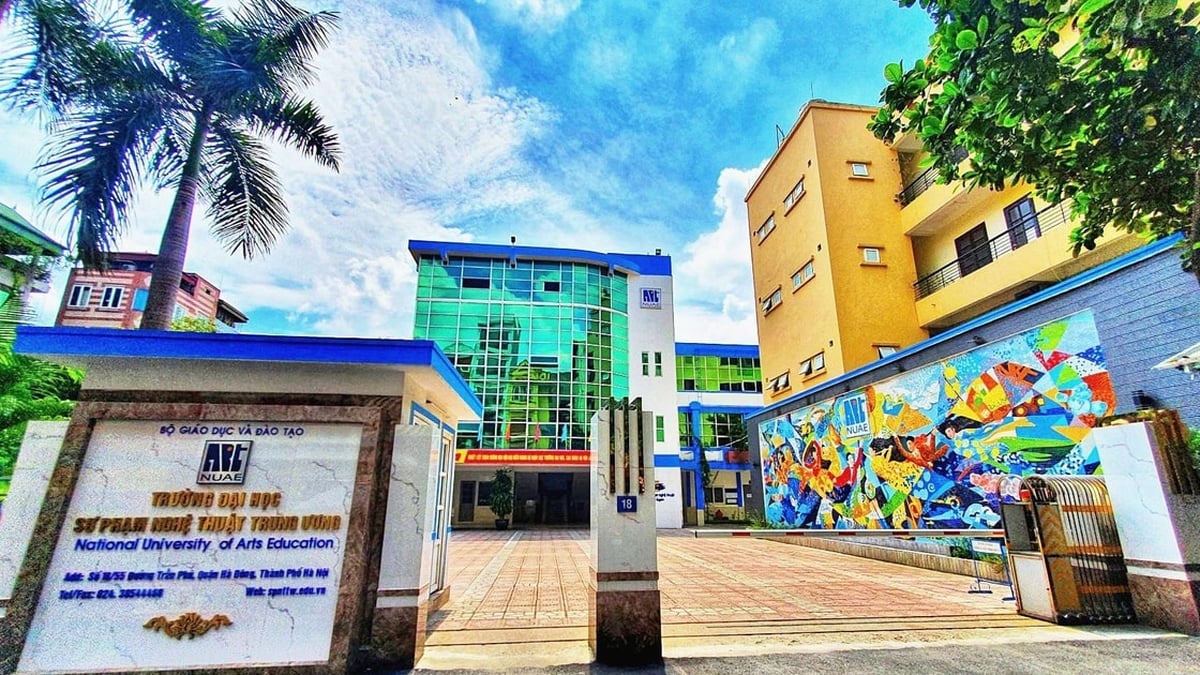



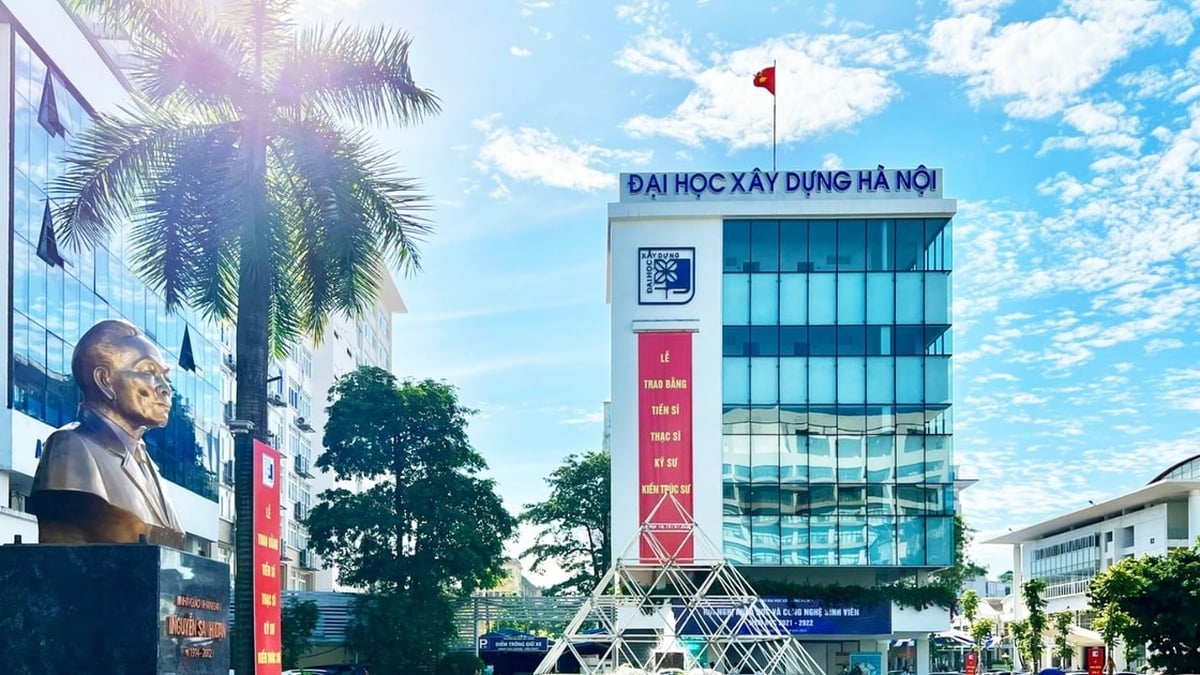



















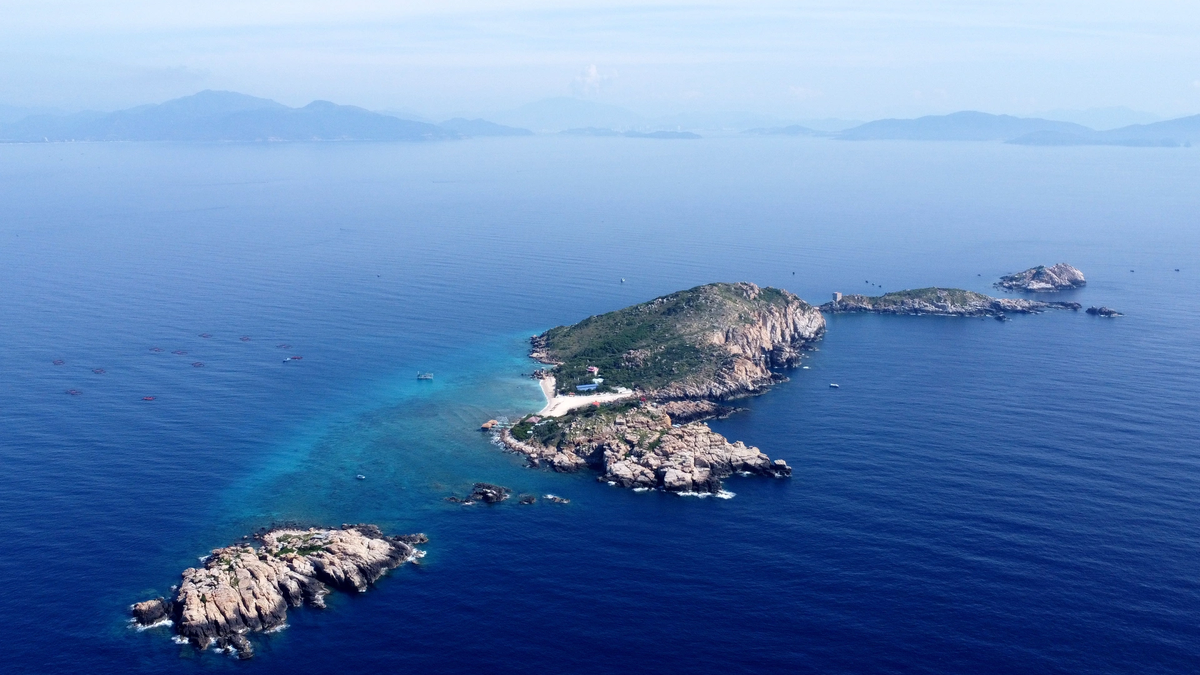







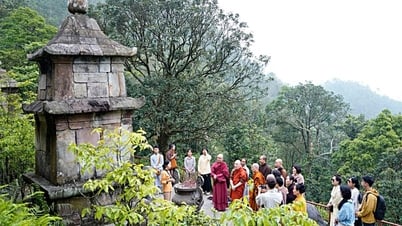

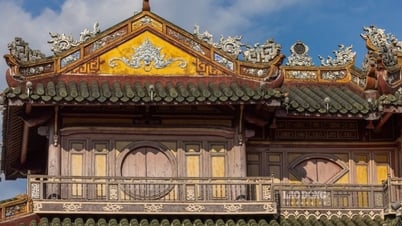

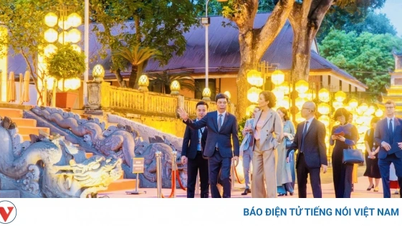

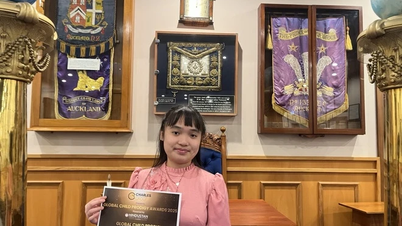
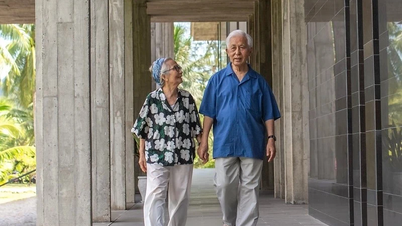







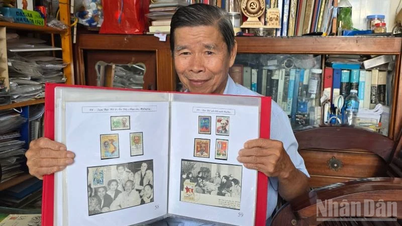






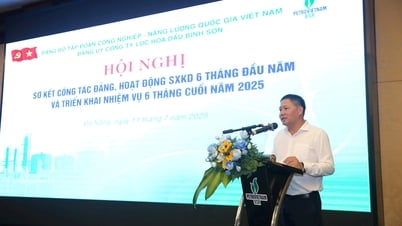



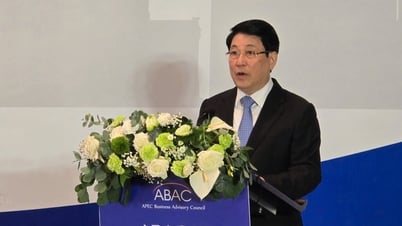



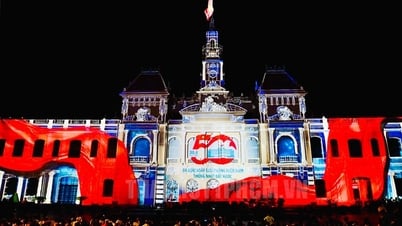
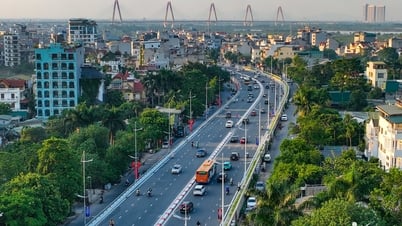



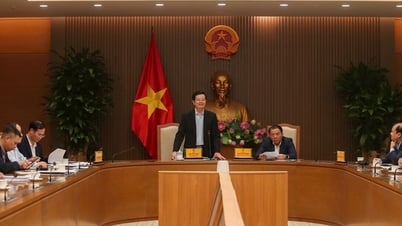

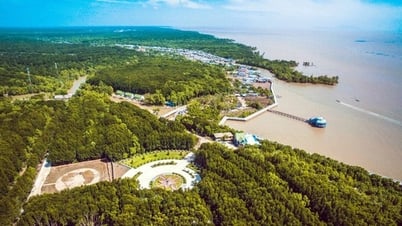
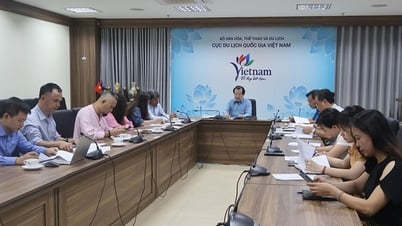

















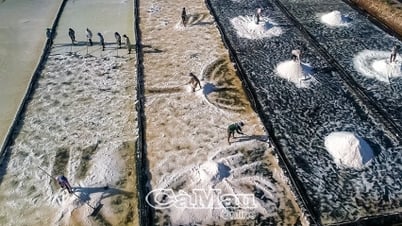




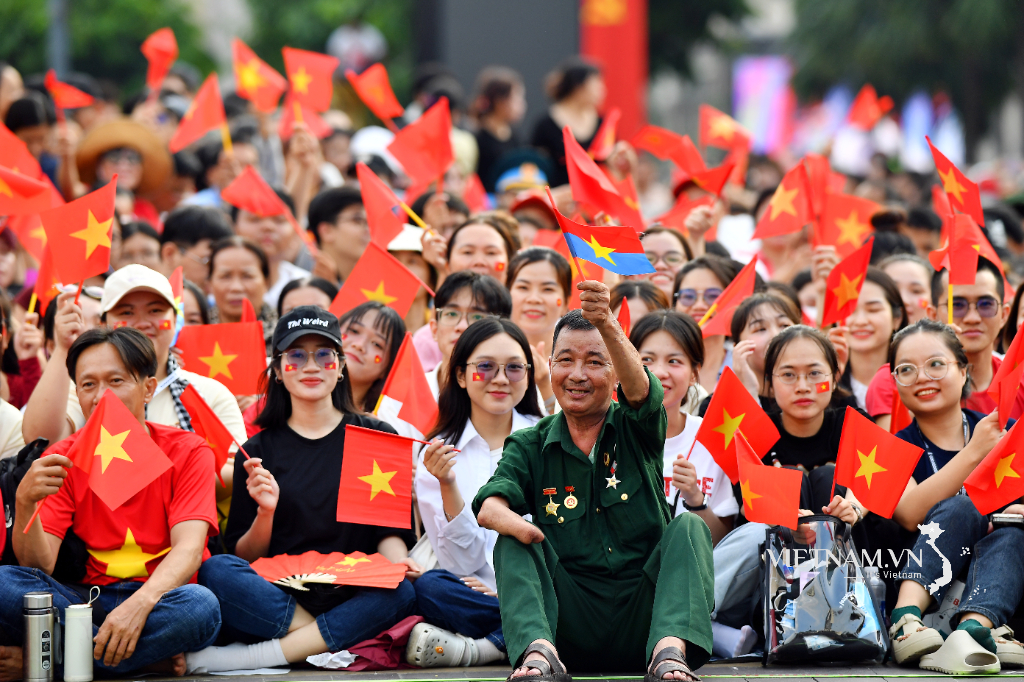

Comment (0)